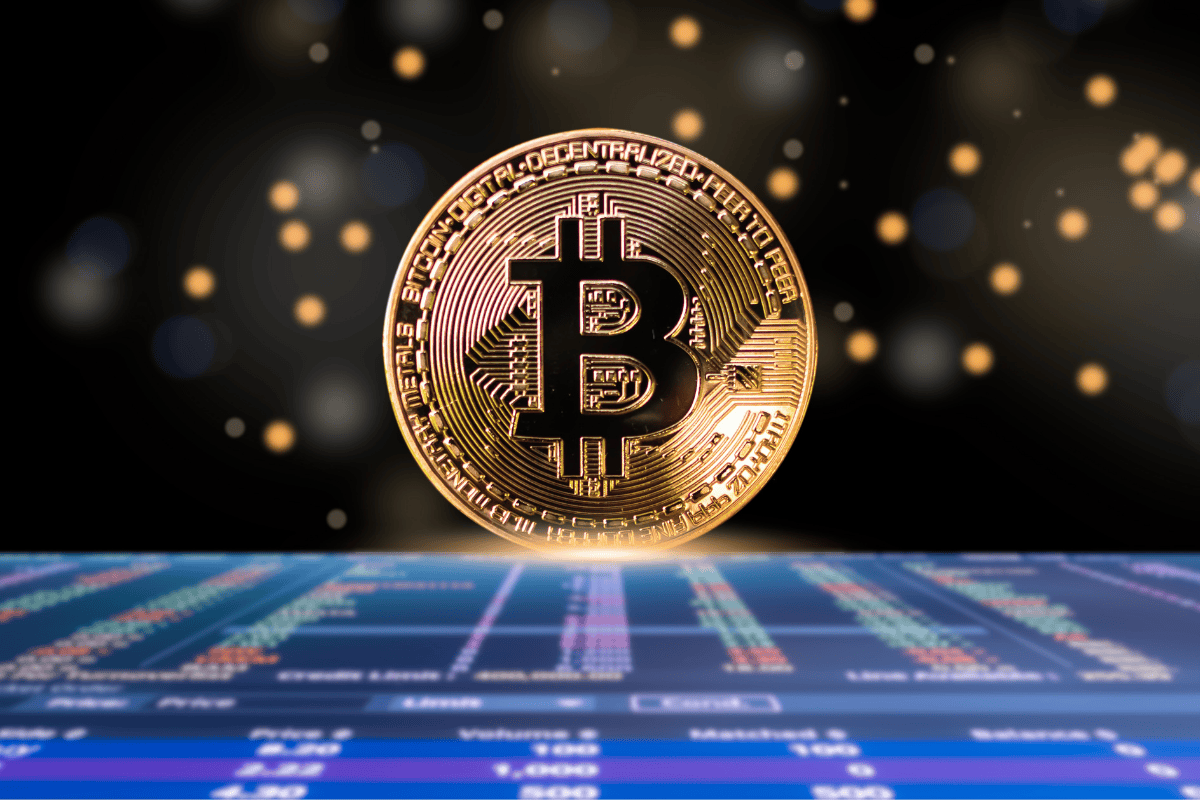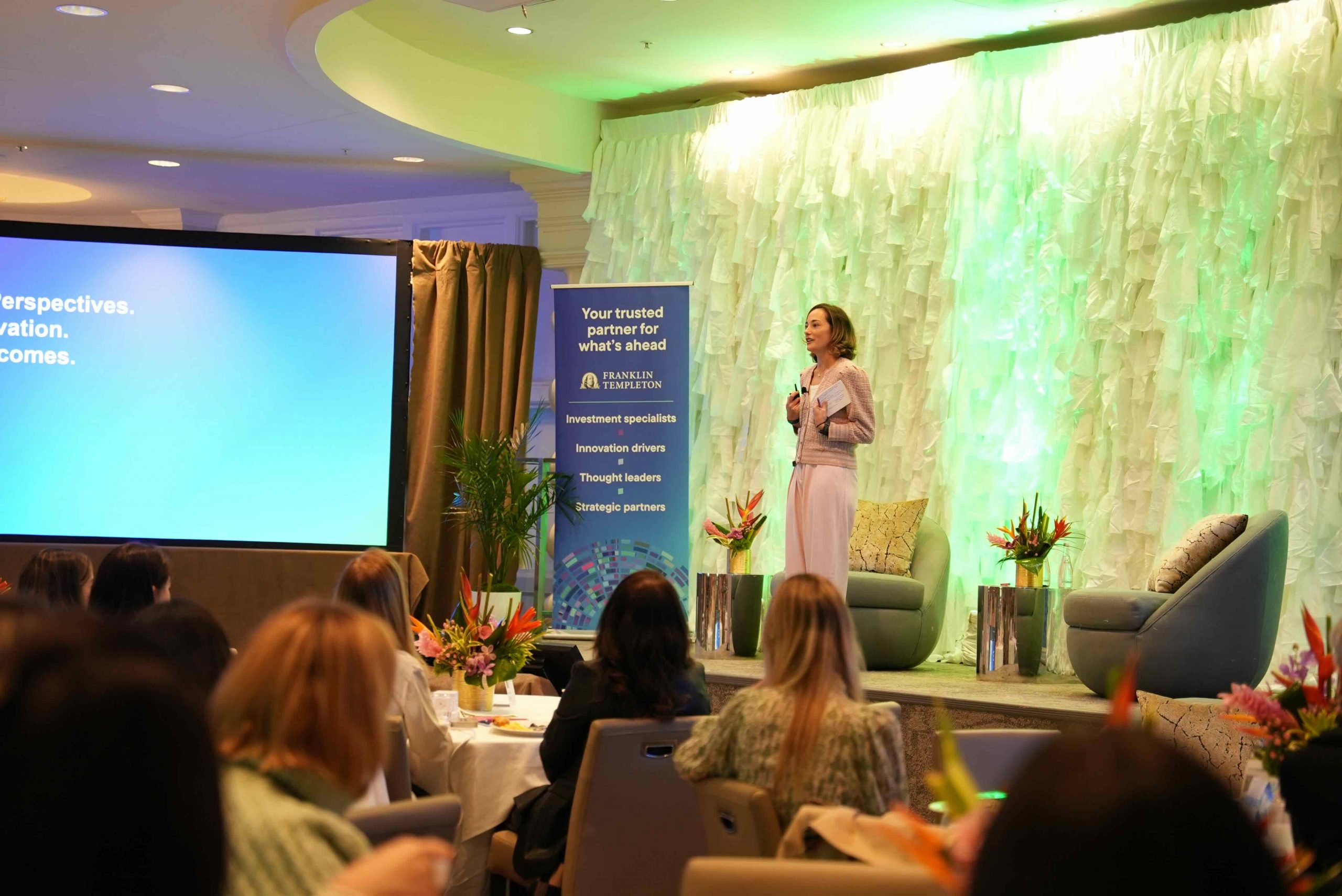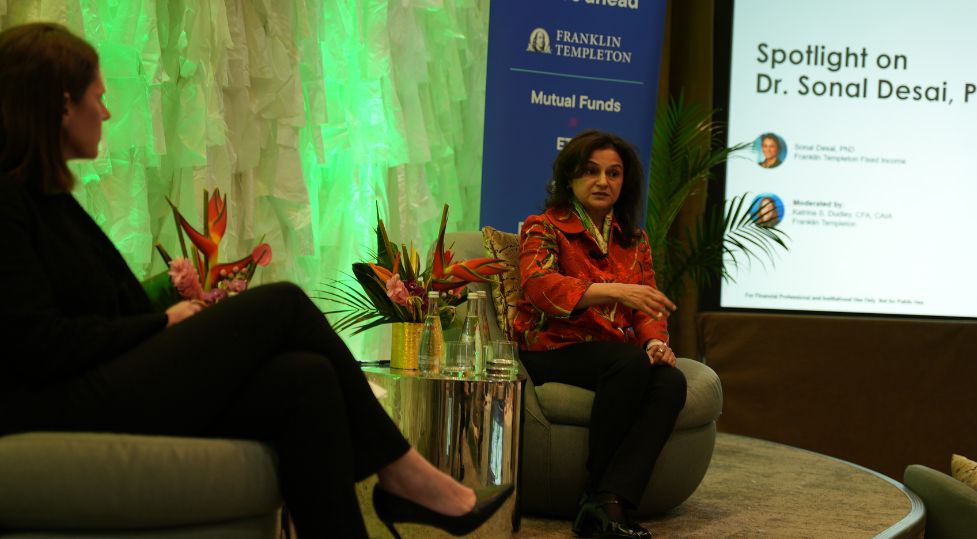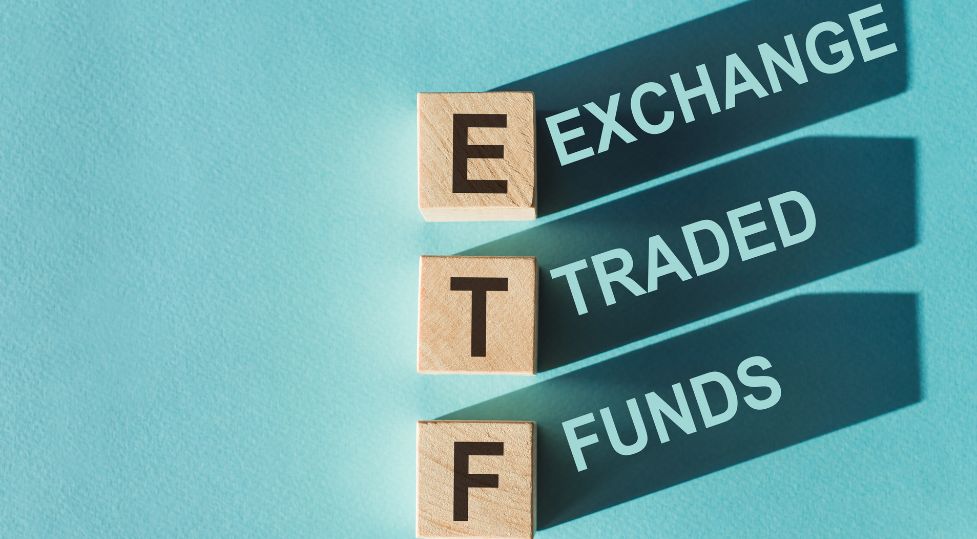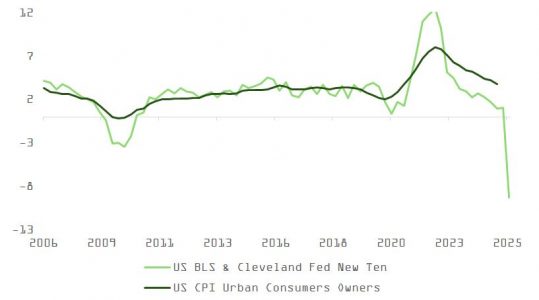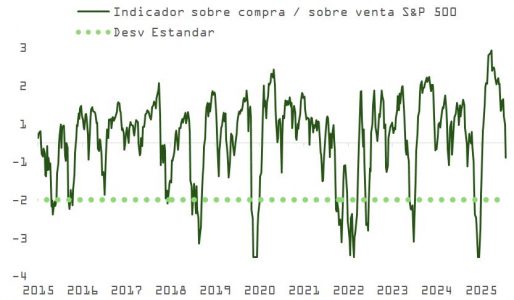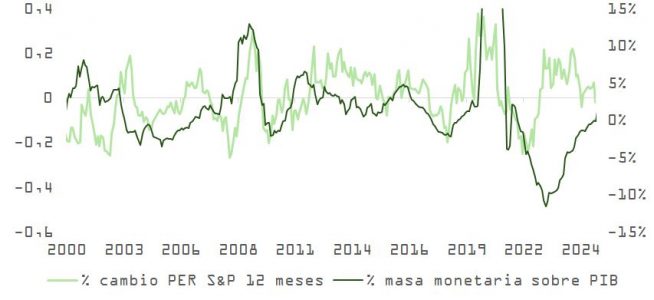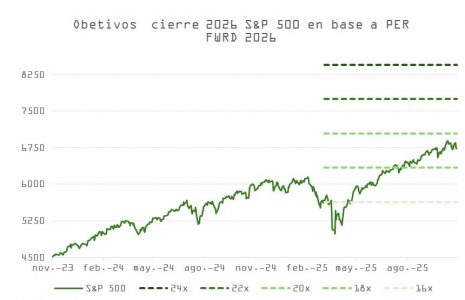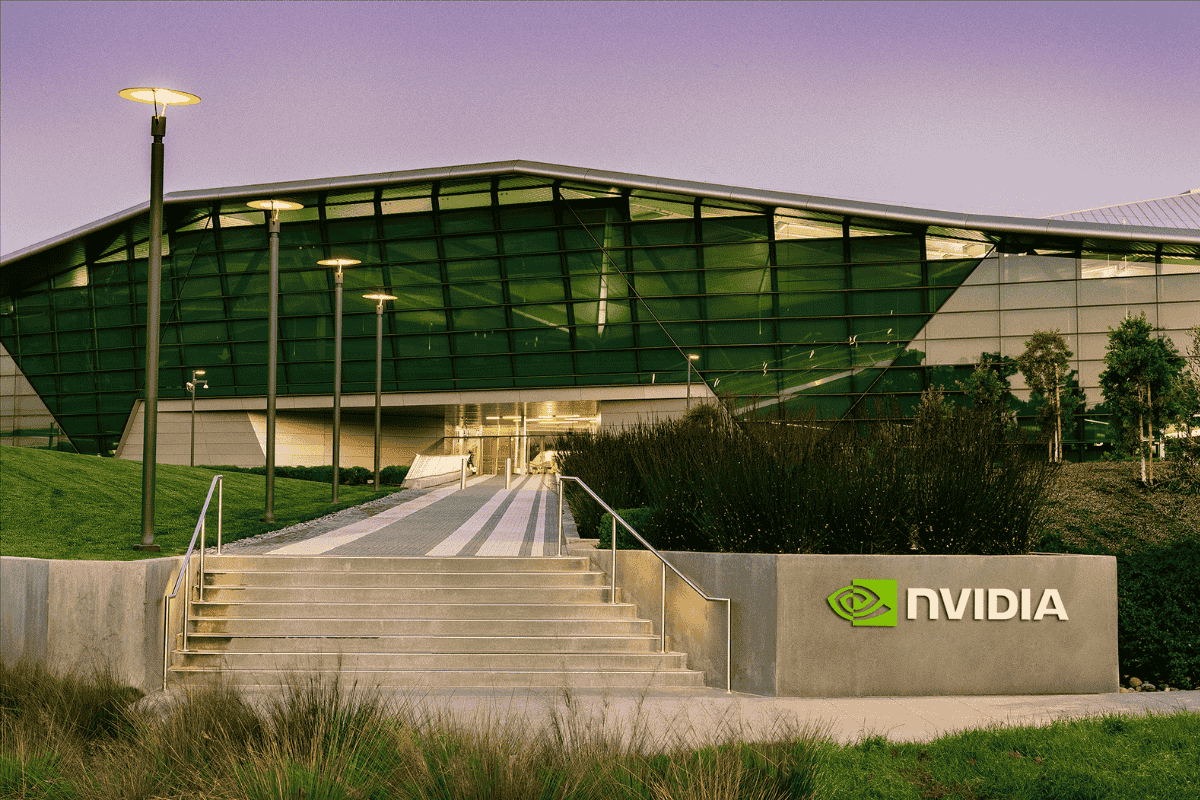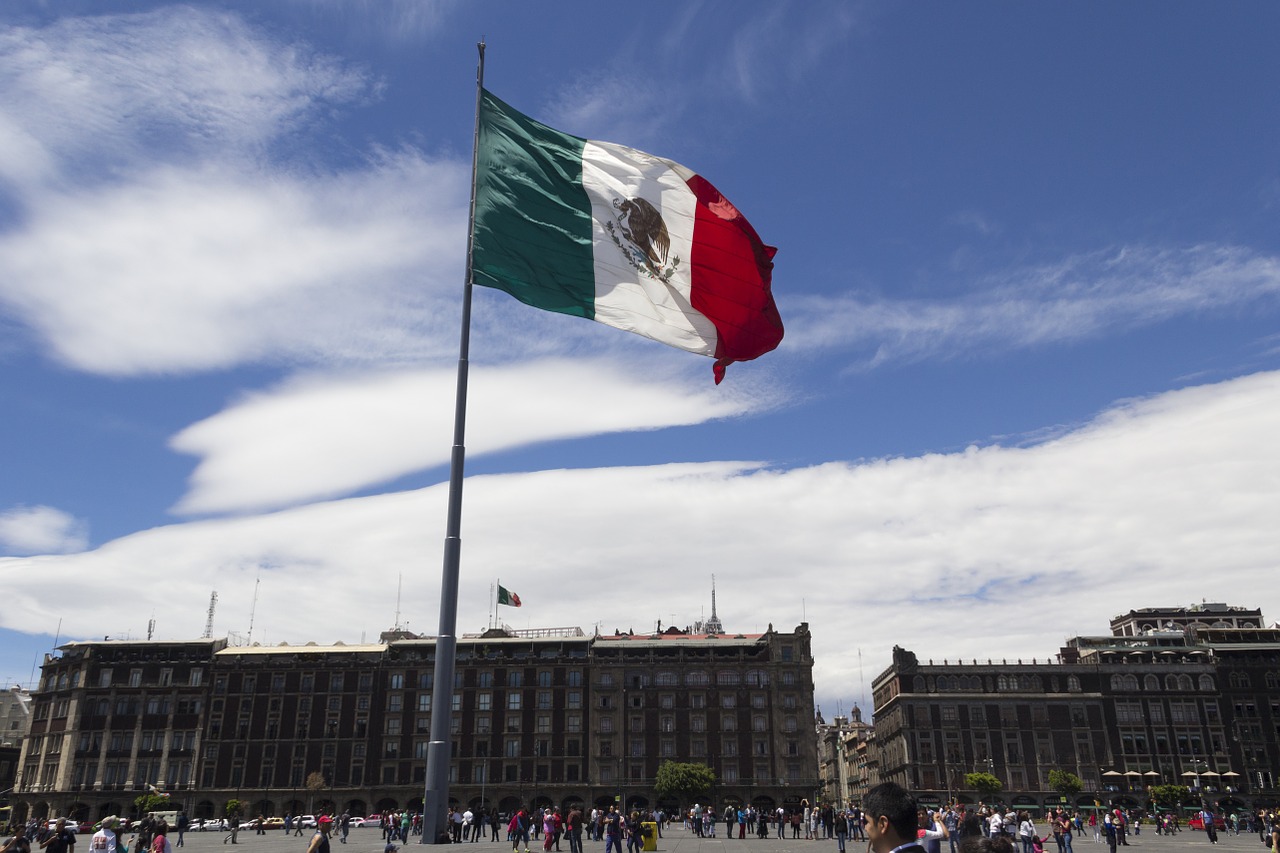The Ten Months in Which Julius Baer Became “Stronger and Simpler” and Focused on the Future
| By Amaya Uriarte | 0 Comentarios
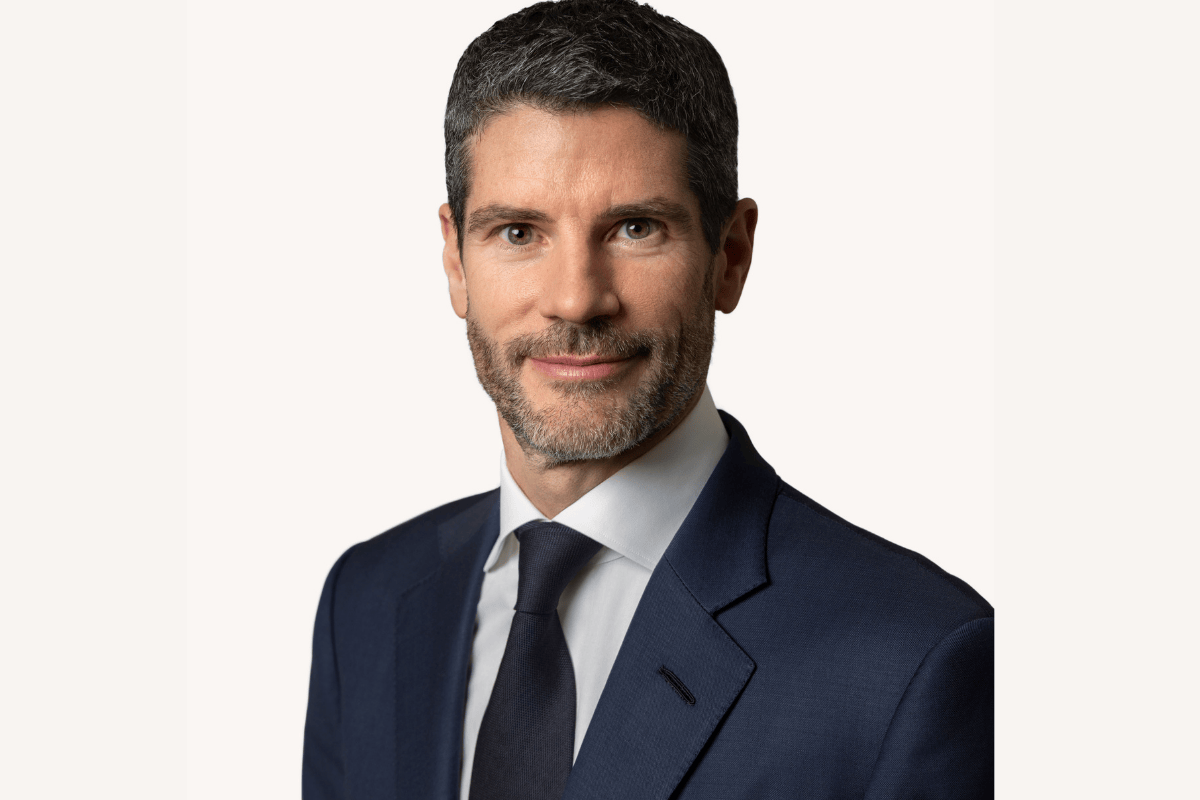
In the First Ten Months of the Year, Julius Baer Focused Its Business Development on Strengthening the Group’s Presence Through New Local Appointments and Office Openings, While Reducing the Entity’s Risk and Part of the Loan Portfolio Positions. “Today, Julius Baer is a stronger, simpler entity fully focused on the future,” states Stefan Bollinger, CEO of Julius Baer.
The firm’s assessment of these three levers is very positive, and it believes that all of this has contributed to improving its results. “In the past ten months, we have significantly reduced the risk of our business while improving operational leverage, attracting strong new net inflows, and further strengthening our capital position. These results demonstrate the strength of our wealth management proposition and the trust our clients place in us,” said Stefan Bollinger, CEO of Julius Baer.
Looking to the Future: Abu Dhabi
Throughout the year, the entity has continued to advance the strengthening of the Group’s presence through new appointments, particularly in its local market, Switzerland. As explained, one of the Group’s main strategic priorities is to reinforce its position in the country to capitalize on the still-untapped growth potential in Julius Baer’s domestic market. Accordingly, as recently announced, Marc Blunier and Alain Krüger will assume responsibility as co-heads starting January 1, 2026. “We are also pleased to welcome Victoria McLean to Julius Baer and to our Executive Board. With the appointment of the new Chief Compliance Officer, we will complete the configuration of our new risk organization,” notes Bollinger.
At the same time, the Group is consolidating its presence in the high-growth markets of the Middle East and Asia, as well as in key Western European markets. In fact, it has received preliminary regulatory approval to open a new advisory office in ADGM, the international financial center in Abu Dhabi, which will complement its more than two-decade presence in Dubai’s DIFC. As explained, the new legal entity, Julius Baer (Abu Dhabi) Ltd., will serve ultra-high-net-worth individuals (UHNWI), family offices, and entrepreneurs seeking tailored wealth management services. The office is expected to open in December 2025 and will be led by Amir Iskander, who joins as Chief Executive Officer of the entity.
“The Middle East is one of the most important growth markets for Julius Baer and plays a fundamental role in our global strategy. Two decades ago, we saw the potential of the region and built a strong local presence that allowed us to grow alongside our clients. Therefore, our expansion in Abu Dhabi is not just another milestone but a reaffirmation of our long-term commitment to this dynamic region and to serving our clients,” commented Bollinger.
It is worth noting that Julius Baer has been present in the Middle East since 2004, with offices in Dubai and Manama, complemented by coverage from traditional centers like Switzerland and the United Kingdom. Regarding the expansion, Rahul Malhotra, Regional Head of Emerging Markets at Julius Baer, added: “Abu Dhabi is becoming one of the world’s most ambitious wealth hubs, where the tradition of family businesses meets a new generation of entrepreneurs. Establishing ourselves in ADGM is the natural next step in Julius Baer’s growth journey in the UAE. We are proud to have Amir and his experienced team lead our presence in the capital. Their deep local relationships and market knowledge of Abu Dhabi will play a key role in strengthening our long-standing presence in the country and bringing us even closer to our clients.”
This new project adds to the fact that last month, the entity received the necessary regulatory approvals to open a dedicated presence of Bank Julius Baer Europe Ltd. (Julius Baer Europe) in Lisbon, Portugal, in the fourth quarter of 2025, following the opening of the new office in Milan, Italy, earlier this year.
Reflected in Its Results
In terms of results, the firm highlights that assets under management reached a record figure of 520 billion Swiss francs as of October 31, 2025 (644.576 billion dollars), surpassing the half-trillion threshold for the first time in the Group’s history, “thanks to solid new net inflows of 11.7 billion Swiss francs so far this year, despite continued risk reduction, and rising stock markets that more than offset the impact of a significantly stronger Swiss franc,” they explain.
“Julius Baer is delivering improved results, with record assets under management, better operational leverage, and a strengthened capital position, and is putting an end to legacy credit issues,” the entity comments.
For Bollinger, one key aspect is that the firm has completed its credit review and has decided to reduce a portion of the loan portfolio positions that are not aligned with its redefined strategy or revised risk appetite framework. These positions are mainly found in the income-generating residential and commercial real estate portfolio and amount to 700 million Swiss francs.
“The completion of the credit review in this transitional year 2025 is a major milestone in resolving the legacy credit issues. With our clear strategic focus, our revised risk appetite framework, and a strengthened risk function and processes overall, we are now fully aligned around our core wealth management proposition,” emphasizes the CEO of Julius Baer.
His view of the institution’s situation is clear: “The Group’s balance sheet remains highly liquid, and its capital position is solid, with the CET capital ratio strengthening to 16.3%, well above the minimum requirements.”

